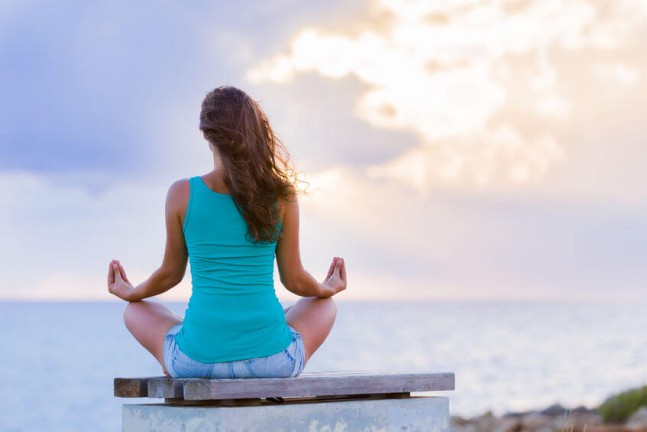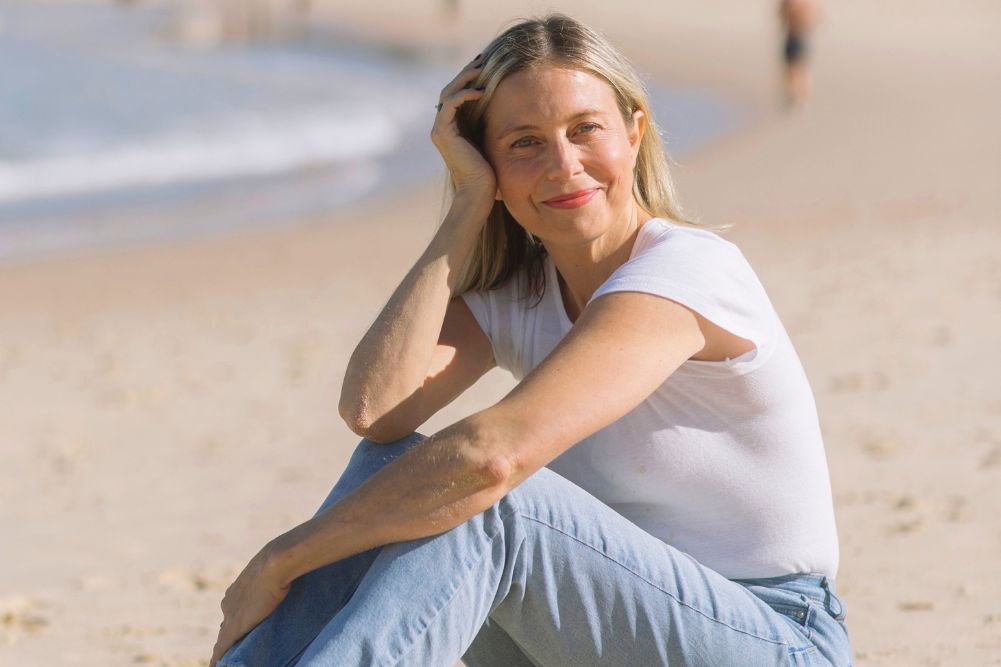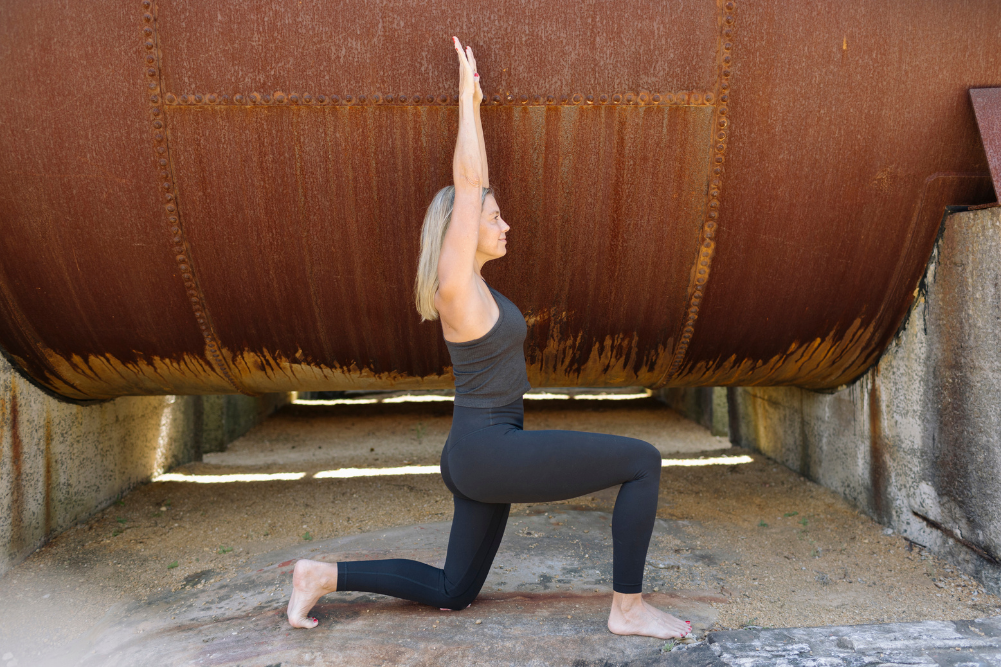5 things to think about while you meditate
Huh? You thought meditation was all about not thinking, right? Well, kind of. Essentially, meditation is the practice of concentrated focus upon one single stream of thought. It’s not about having a blank mind at all.
Sounds easy, right — to think about just one thing. But give it a try and you’ll likely find it’s quite challenging, particularly as the mind loves to think. Even more, the mind loves to think about a whole bunch of stuff (usually completely unrelated) all at once. For us modern-day busy-bees, our head-space is often as busy as a six-lane motorway!
Take my mind, for example. A split-second snapshot might go like:
Ohh I need to buy milk..
Gosh, I wish the kids would clean up their rooms.
What’s my life purpose?
The dog needs a walk — where did I leave my runners?
I need to focus! What was I just doing?
Yup, it’s a mess in there!
Meditation offers an opportunity to anchor a busy mind on one thing at a time; to veer off the busy mental highway and onto a calm, steady country road.
When the mind’s a constant jumble, it sure is difficult to focus on just one thought. That’s where meditation comes in. Meditation offers an opportunity to anchor a busy mind on one thing at a time; to veer off the hectic mental highway and onto a calm, steady country road. And, really, you can make your “one thing” anything you like.
You can meditate on sound, an object, visualisation, the breath, a mantra, movement, or attention itself. The key is to maintain a keen awareness of your chosen idea and simply catch yourself when your attention wanders away from it. And your attention will almost certainly wander off to other thoughts! Some of these thoughts may be noisy, demanding or unpleasant. Some might be lovely and so soft and subtle that you may not immediately notice that you’ve wandered off track.
Sure, it does take discipline, dedication and practise to meditate. But it is oh-so worth it! Regular meditation sessions can help heighten awareness of and engagement in the present moment, ease stress, promote relaxation, improve concentration and enhance personal and spiritual growth. All good things worth pursuing, right?
Ready to give meditation a go?
To begin, sit in a comfortable, upright position, on a chair or perhaps cross-legged on the floor. Use any props such as cushions, to help you feel confident that you can maintain your posture for a few minutes. Make sure that you are warm and will not be disturbed. You may like to set a timer for your practice — start with two minutes and build up as you feel ready.
Here are a few suggestions for your “one thing” to think about and how to incorporate it into your meditation session:
The breath
The breath is your very own beautiful and constant companion for life. Using the breath as an anchor for meditation is as basic as it gets. Breathing is an automated function — we don’t actually need to think about breathing to do it. But when we do tune into the breath, it can feel very comforting and grounding.
What to do: Simply direct your attention to the natural movement of the breath in and out of the nostrils. Allow your observation of the breath to be in the foreground of your awareness — imagine that just for now, there is nothing more important or more interesting than watching the breath flow in and out of your nose. Just be with the natural ebb and flow of your breath, for a few minutes.
Mantra
A mantra is a word, statement or sound repeated mentally to yourself. Again, you really can choose anything you like (even a swear word!), but a Sanskrit term or a word or statement that reflects your personal intention are common choices.
…imagine that just for now, there is nothing more important or more interesting than watching the breath flow in and out of your nose.
So hum is a popular mantra. In traditional yoga and meditation practice, this Sanskrit term reflects the sound the breath makes moving through the nostrils. The translation of so hum, “I am that”, also invites juicy contemplation and reflection into your practice.
For your own word or statement, favour something that embodies a personal quality you would like to cultivate, such as peace, patience, wellness, ease or joy. Alternatively, select a positive affirmation around a heartfelt desire. For example, you could try:
“Abundance flows to me easily.”
“Good things always happen to me.”
“Every cell in my body radiates with good health.”
What to do: Repetition of your mantra can be a stand-alone vehicle for meditation or, for a little more depth, try linking awareness of the breath as described earlier to your mantra/affirmation.
For example, repeat “so” on the inhale and “hum” on the exhale or, as you breathe in, mentally repeat the word “peace” and as you breathe out, “joy”.
Body awareness
As many of us spend too much time in our heads thinking, planning and day-dreaming, it’s refreshing to acknowledge and reconnect with the physical body through a simple body awareness practice. Here, awareness slowly and systematically sweeps over the whole body, setting up a circuit of energy, taking us out of the mind and into the physical body.
What to do: Starting at the toes, rest your awareness lightly on the toes for a brief moment. Imagine that you can touch your toes mentally, from the inside out. Continue moving awareness to the feet, the legs and through the whole body until you reach the crown of the head. Once you have completed your journey around the body, experience the sensation of the whole body as one.
Sound
A meditation on sound is a delightful way to notice what’s going on around you.
What to do: Tune into all the sounds you can hear around you, one by one. Pick up one sound, listen to it briefly, then move on to the next sound. Locate sounds close to you, such as the sound of your breath, and widen your awareness to take in distant sound. Resist any temptation to interpret the sounds you pick up; rather, treat them as anonymous sound vibrations reaching your ears.
Visualisation
Creative visualisation is like the wild card for your central meditation idea, where you can screen your very own movie in your mind’s eye.
What to do: Allow your imagination take the lead and visualise a favourite scene in nature, paint a mental picture of your desired state of being or picture something that you’re striving for, such as a holiday or new job. Visualise all the tiny details and have fun exploring your personal meditation theme.
Practice notes
Whichever “one idea” resonates best with you, remember to practise self-compassion above all. When you catch the mind wandering away from your desired primary focus (and it’s very likely you will), simply bring it back to the task of meditating lovingly and without entering in any internal dialogue.
Stay positive. Rather than worrying that you’re not doing it right or that meditation is too hard, congratulate yourself for showing up and giving it a go! Remember that meditation is just like any other task you begin, it’s not easy to start with, but it will get easier with practise. The more you use your “meditation muscle”, the stronger it will become.








